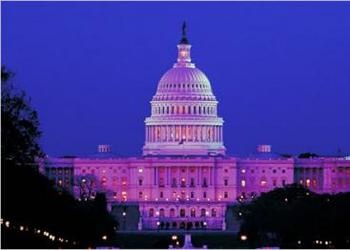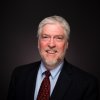Separation of Church and State?

The website for the U.S. Library of Congress contains a lengthy history of Christian church services being held in the most recognizable of government buildings—the U.S. Capitol building, where the U.S. Senate and House of Representatives meet! Notice these excerpts from a portion of the site titled "Religion and the Federal Government" (emphasis added throughout):
"It is no exaggeration to say that on Sundays in Washington during the administrations of Thomas Jefferson (1801-1809) and of James Madison (1809-1817) the state became the church. Within a year of his inauguration, Jefferson began attending church services in the House of Representatives. Madison followed Jefferson's example . . . Worship services in the House . . . continued until after the Civil War . . . Preachers of every Protestant denomination appeared. (Catholic priests began officiating in 1826.) . . . Throughout his administration Jefferson permitted church services in executive branch buildings. The Gospel was also preached in the Supreme Court chambers.
"Jefferson's actions may seem surprising because his attitude toward the relation between religion and government is usually thought to have been embodied in his recommendation that there exist "a wall of separation between church and state." In that statement, Jefferson was apparently declaring his opposition, as Madison had done in introducing the Bill of Rights, to a 'national' religion. In attending church services on public property, Jefferson and Madison consciously and deliberately were offering symbolic support to religion as a prop for republican government."
The site includes descriptions of religious services also being held in the U.S. Treasury Building (by several denominations) and the Supreme Court chamber, and notes that for a time the U.S. Marine Band provided musical accompaniment for hymns at worship services in the U.S. Capitol building. Find many other interesting facts clearly contradicting the common legal interpretation of separation of church and state.
